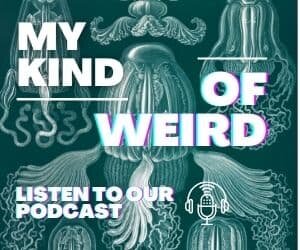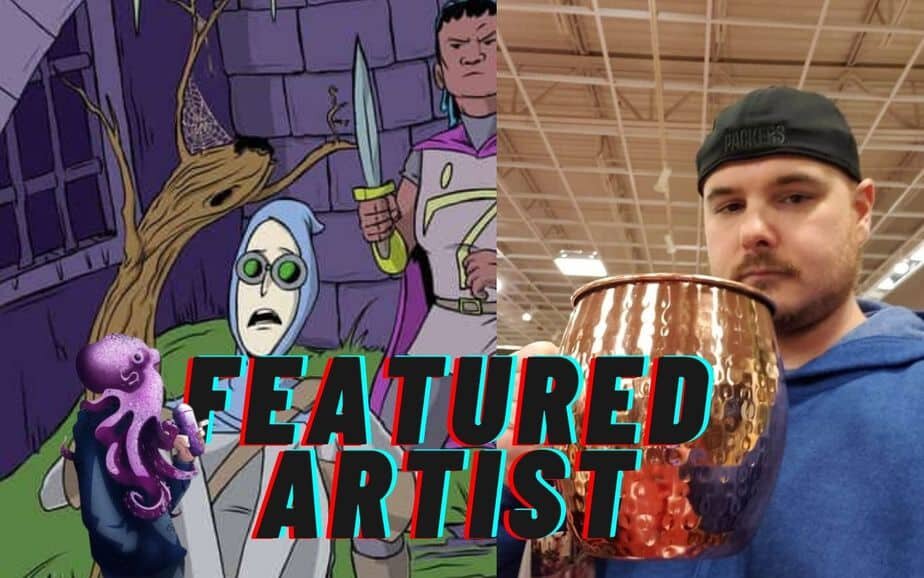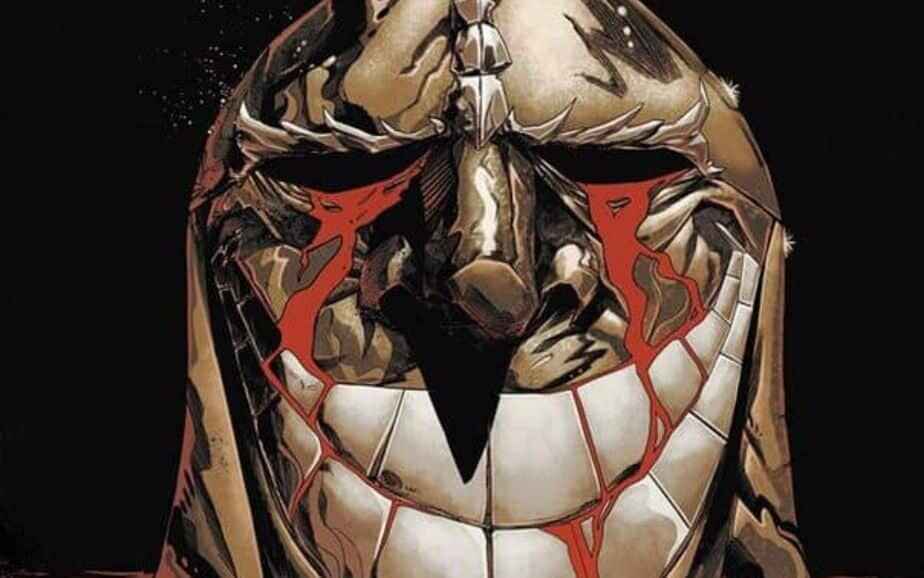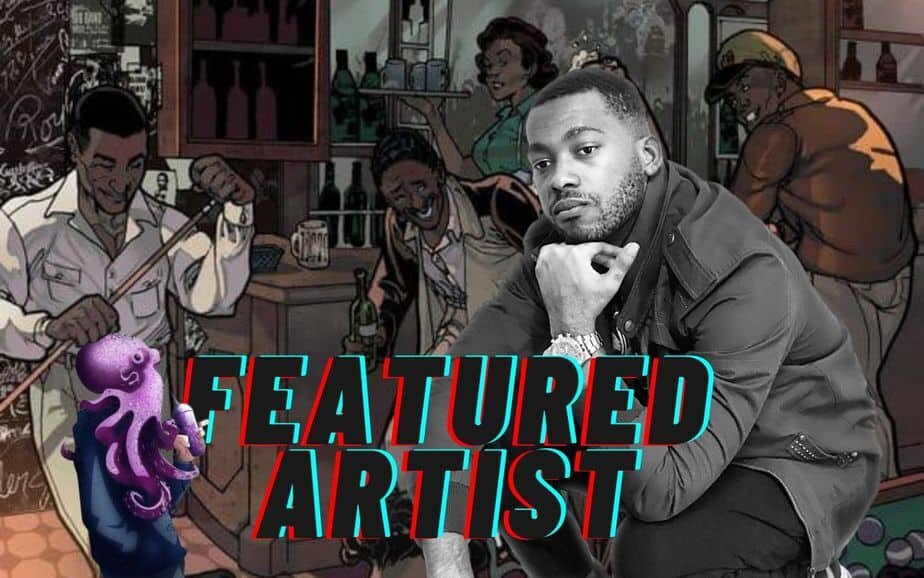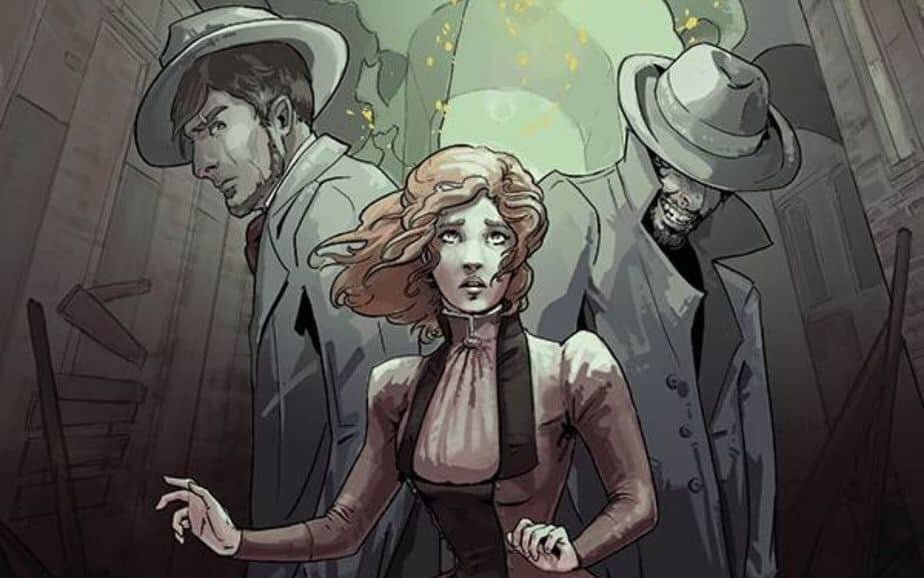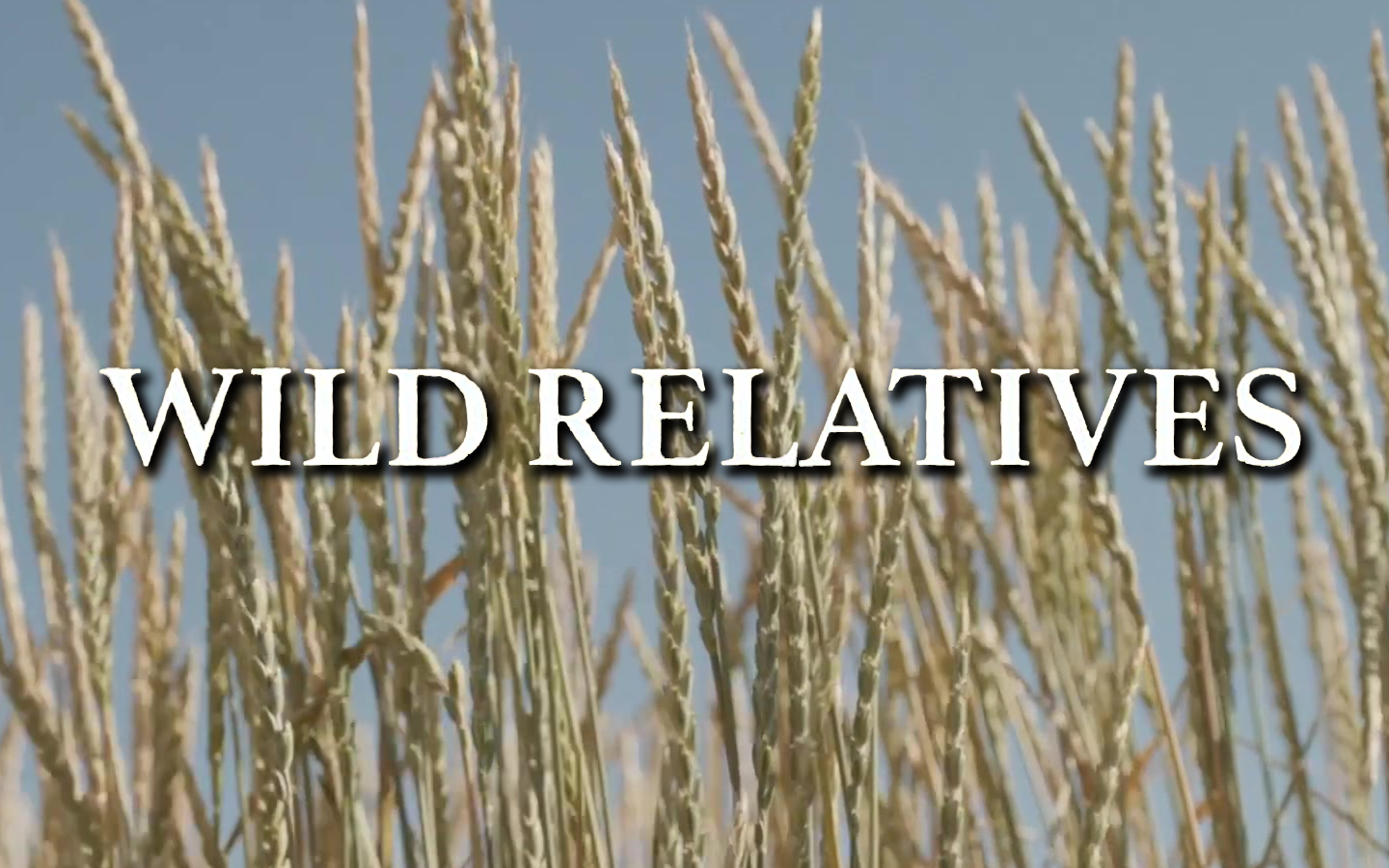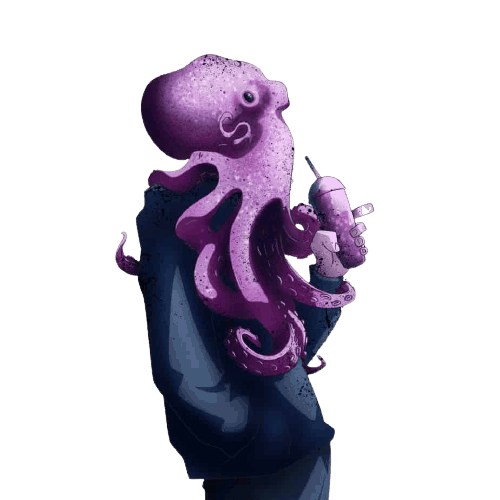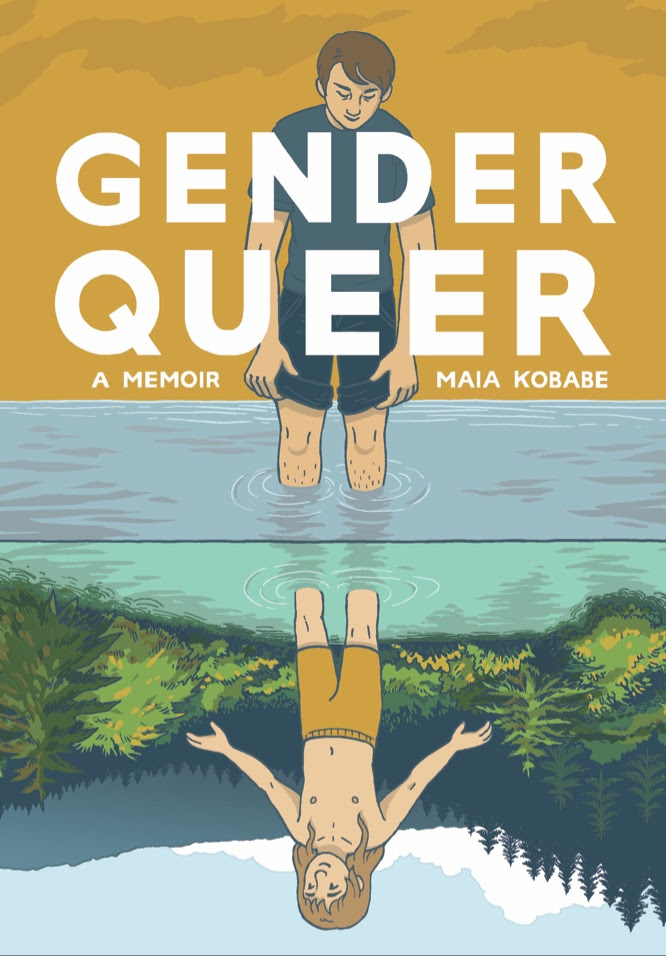
Gender Queer – Not your usual Comic Book
I’ll be the first to admit that graphic memoir is not my first port of call in the world of comics. That being said, I have a few non-binary, genderqueer, trans and otherwise gender diverse friends and curiosity got the best of me – I wanted to understand and empathise with their experience without having to ask uncomfortable questions. For the record, by uncomfortable questions, I don’t mean things that are uncomfortable for me, or questions about genitalia or sex – I mean questions that might result in an experience of dysphoria for the party being questioned.
A Memoir of A-sexual and Non-binary Identity
Maia Kobabe’s Gender Queer: A Memoir, published by Lion Forge, artfully relays the experience of what it means to be non-binary and asexual, not just for those who are gender diverse, but also for those looking to be better advocates, allies and friends. Maia uses the pronouns e/em/eir (called Spivak pronouns) – the memoir is written and drawn by em and the colored by Phoebe Kobabe, eir sister.
It struck me as particularly intuitive that the memoir opens on very common experiences of childhood and adolescence, that is, experiences that are readily identifiable. After a few pages, however, Maia begins to introduce gendered events in those experiences as e takes eir first steps on a deeply personal journey of self-discovery. Maia goes to school, goes to college, goes to the beach, goes shopping, but at every step there are experiences of dysphoria and an understanding of self that slowly grows over the course of the book, inch by inch.
Those experiences of dysphoria, however, as e reaches eir adolescence, increase in frequency and intensity. It’s probably because the word dysphoria is so clinical that it’s difficult for cisgendered people to really understand its meaning, to trans and non-binary people specifically (though this is not to discount other forms of dysphoria).
The only way I can relate to it (particularly as a horror buff – and this is the way I interpreted how Maia wrote and drew eir experiences) is as a form of intense body horror. I’m not really talking about deadnaming, or cases of mistaken pronouns here (though those are horrible in their own right) – I’m talking about routine activities in daily life becoming a present and physical affront to a non-binary person’s sense of self. For example, Maia’s descriptions of puberty, of periods, of going to the doctor, of shopping for clothes, of sex – communicate terror, claustrophobia, panic and a loss of control and bodily autonomy.
Littered throughout these experiences of dysphoria are also positive and growing experiences – of relationships and of siblinghood. Maia’s close relationship with eir sister comes through both in the way e writes about Phoebe and in the art collaboration itself. Simple and powerful linework from Maia combines with Pheobe’s colors in a way that you can tell how close the two are without even needing to read a word.
The other positive experience that hit home for me personally was Maia finding safe spaces. Not only through the safety of eir school’s Queer/Straight alliance but also through the power of books, love of comics and fandom/imagination. It’s an empowering experience that I think most people, especially avid comics readers, can identify with.
Art Imitates Life
Gender Queer contained an interesting aside that I almost felt should have been expanded upon, in which Maia asks eir aunt (who is a lesbian) to start thinking of em as non-binary and to start using e/em/eir pronouns. Maia’s aunt is somewhat supportive, but expresses the idea that trans and genderqueer people are a symptom of internalised misogyny.
The book then cuts to the end of the conversation, where Maia’s aunt accidentally misgenders em, then corrects herself – I felt like the book could have really used more of this conversation to air out the biases against trans and gender diverse people that come from within other parts of the LGBTQ community.
Despite this, the Kobabes deliver a memoir that is humble, yet touching and powerful, a book that deftly communicates the experience of being genderqueer in such a way as to capture the reader regardless of gender identity. I can only hope that it makes me a better ally…and I hope the same for you, as well.
You can pick up your copy of Gender Queer: A Memoir directly from Lion Forge, Comixology or your local comic book store.
How did we rate Gender Queer: A Memoir? 6 Sodas
Leave your thoughts in the comment section below.


